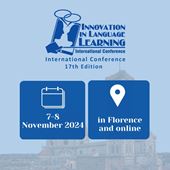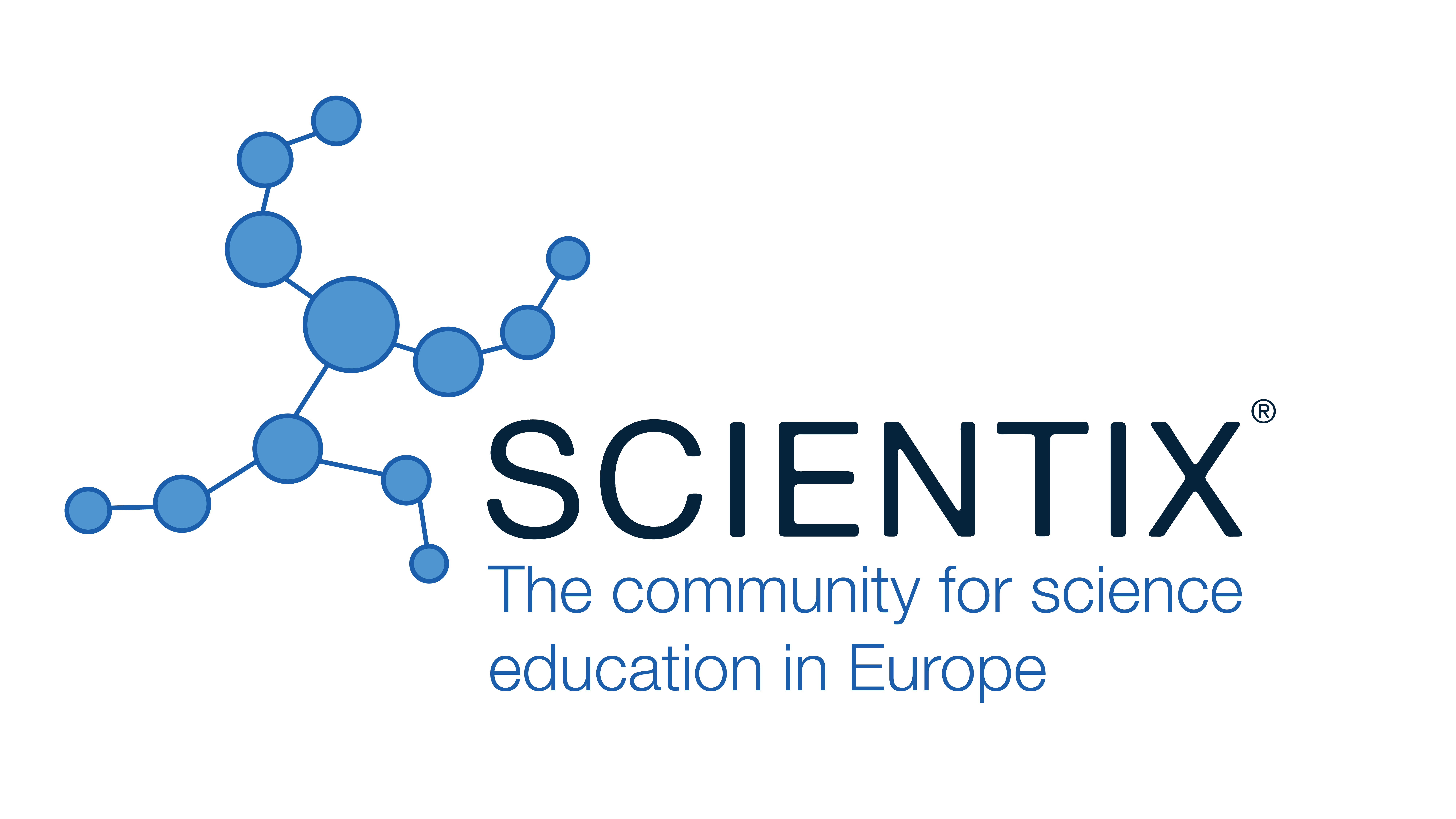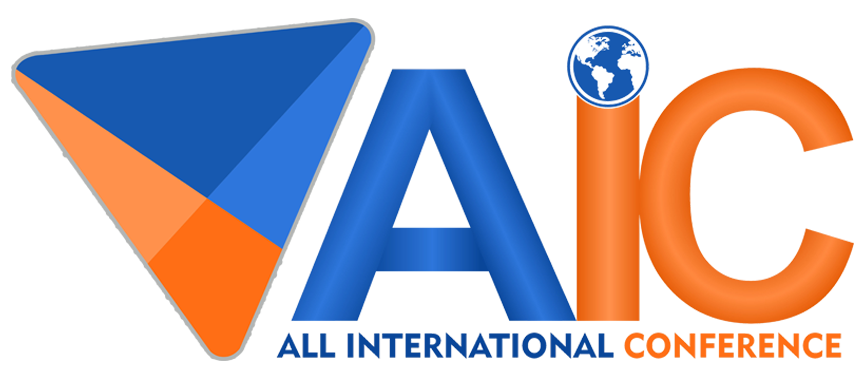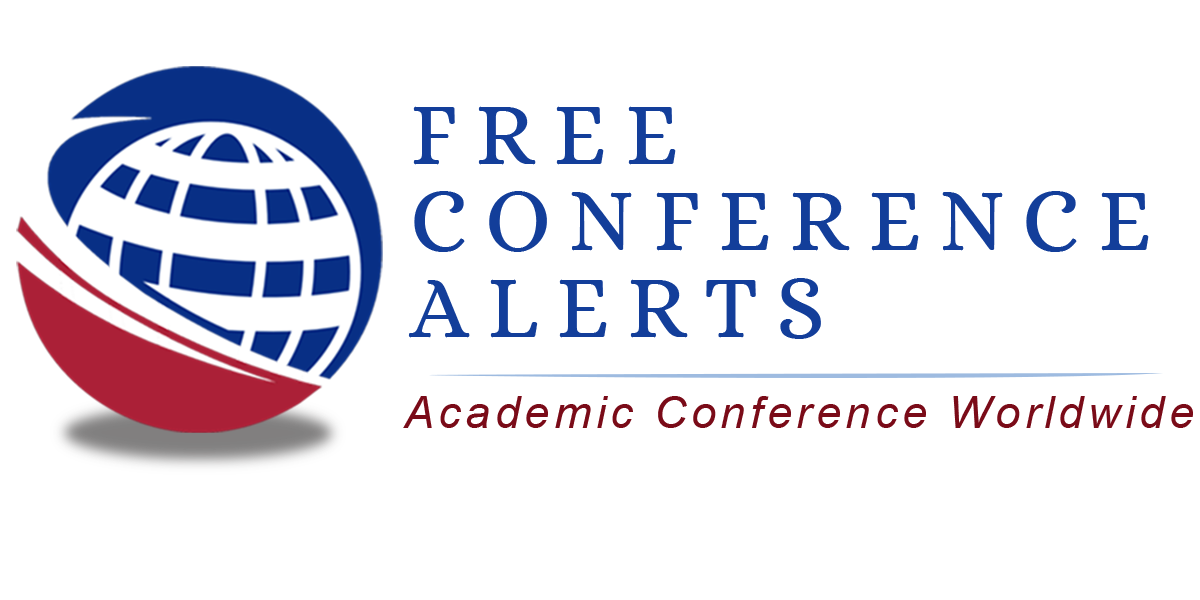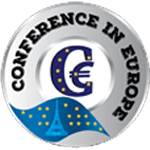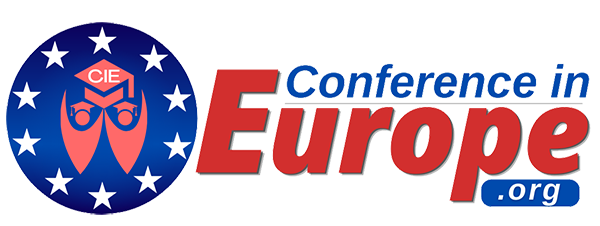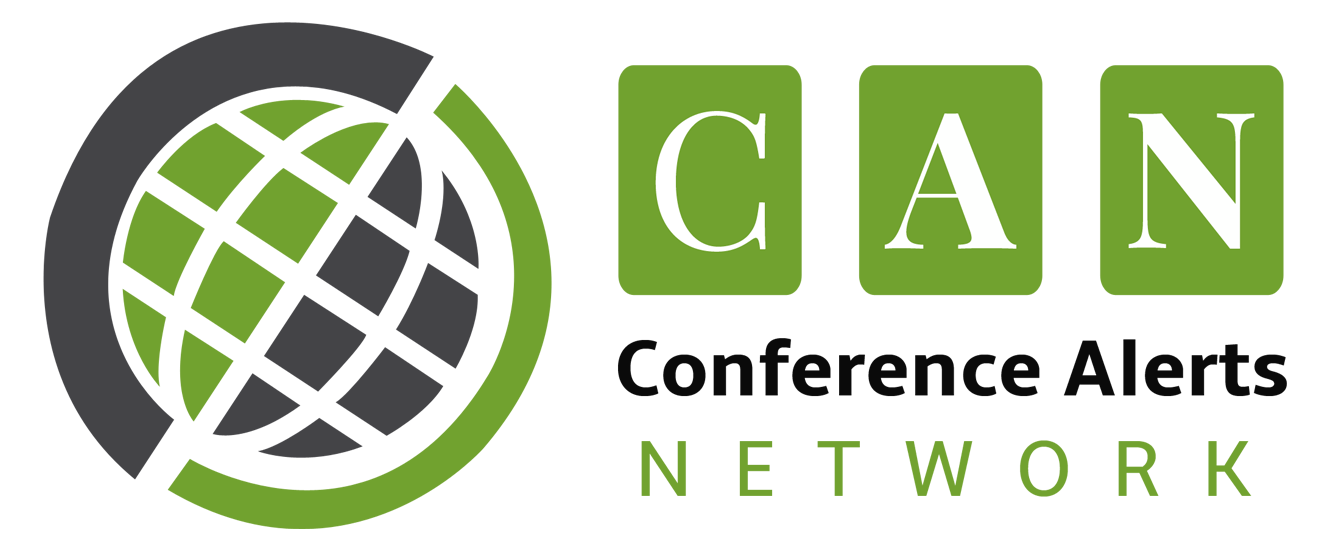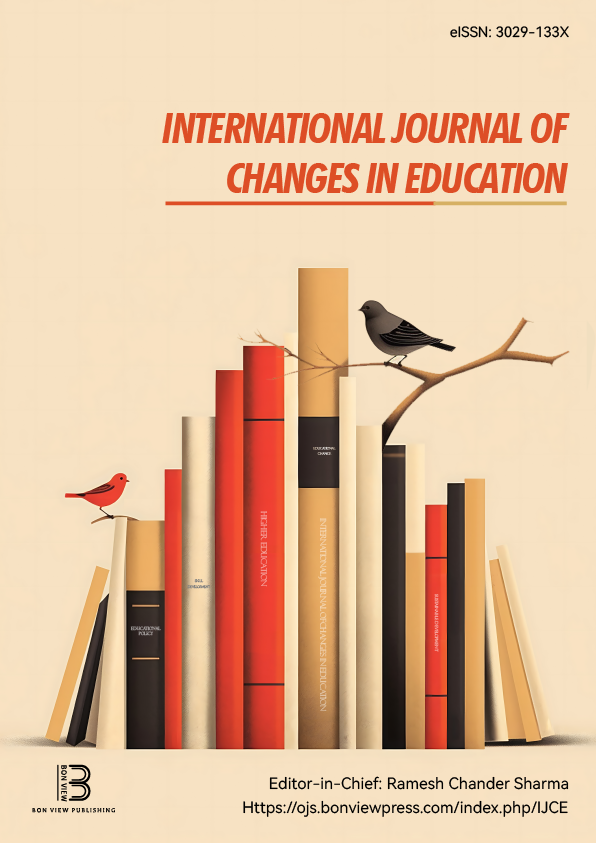Inquiry-Based Science Learning through Culinary Science: A Practical Collaboration between University and Junior High Schools
Mika Tsuyukubo, Toyo University (Japan)
Yorikazu Nouchi, NIhon University (Japan)
Kenichi Goto, Toyo University (Japan)
Abstract
To foster interest and deepen understanding of science among junior high school students, universities, related educational institutions, and experts are collaborating to develop inquiry-based lessons. Through these lessons, they are helping junior high school students develop an interest in the usefulness of science and pursue deeper science studies. This article reports on this collaborative project between a university and a junior high school, which aimed to explore the appeal of science beyond typical classroom learning.
Twenty students from multiple junior high schools participated, and the course was held in the university's cooking lab. The content of the course was related to culinary science and involved analysis of various physicochemical changes that occur during cooking, including instrumental measurements and sensory evaluations. In the first half of the course, students conducted two basic cooking experiments, learning about theory and measurement techniques. In the second half, they developed their own experimental plans and hypotheses based on the theories and methods they learned, and conducted experiments to verify their findings. Finally, each group presented their experiment and results in a poster session, where they exchanged opinions.
The experiments focused on leavening cooking. The first involved cupcakes, clarifying the effect of different amounts of added sugar on the final product. The second involved steamed buns, examining the differences between baking soda and baking powder. Each student began by individually considering their predictions about the differences they would see, encouraging them to develop an observational perspective during the experiment before beginning the experiment. Objective comparative testing was conducted by observing the air bubbles in the dough under a microscope, measuring the hardness of the finished product with a hardness meter, and measuring the color of the baked bread with a colorimeter, then quantifying the results. These analytical instruments were not available at high schools, making this an example where measurements were made possible only through collaboration with a university. After the experiment, the mechanism behind the effect of sugar on leavening properties was explained, and knowledge was shared about egg protein denaturation, thermal expansion of air bubbles, the Maillard reaction, and other topics. After the course, students commented, "Culinary science is a field I'd never heard of before, but today's activities have given me a better understanding of it. I realized that digging deeper into cooking can lead to so many connections to science." and "We were able to investigate in detail why adding baking powder makes food rise, and why the rate of rise differs depending on the amount of sugar. We decided on our own topics and carried out our experiments efficiently. All the experiments were very interesting, and I think I was able to deepen my own learning." These comments showed the students' great interest in this course, which was structured differently from regular classes. This suggests that conducting courses through such collaborations is an effective system that allows for an approach to science that transcends the boundaries of subjects.
Keywords:Culinary Science, Inquiry-Based Science Education, University–School Collaboration, Hands-on Experimentation
 New Perspectives in Science Education
New Perspectives in Science Education


